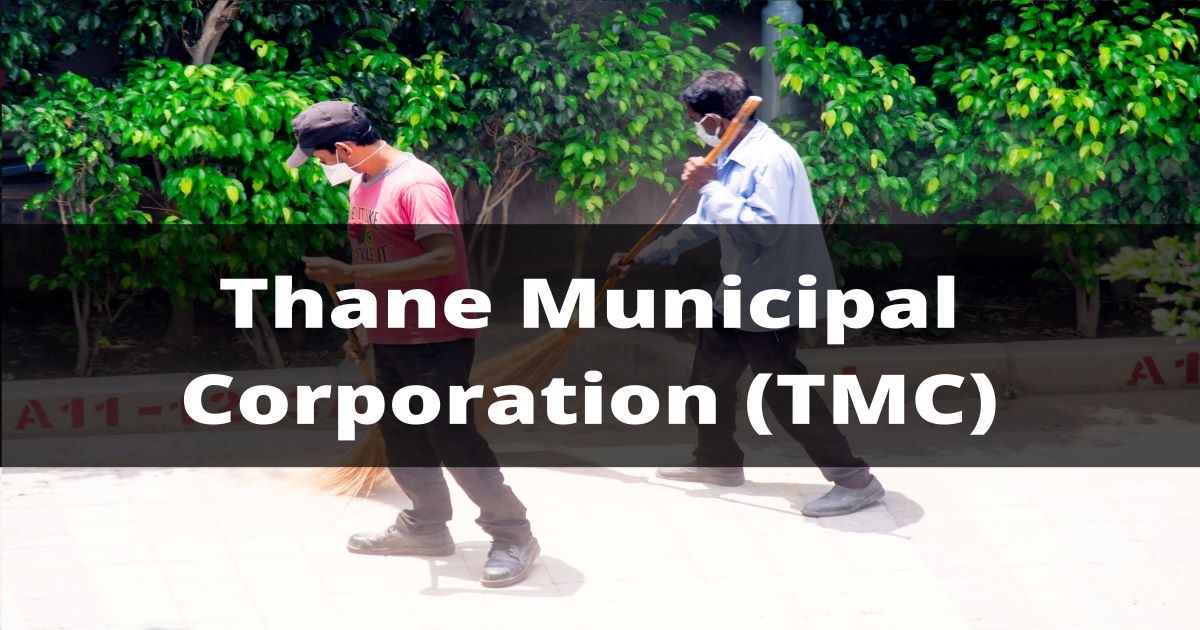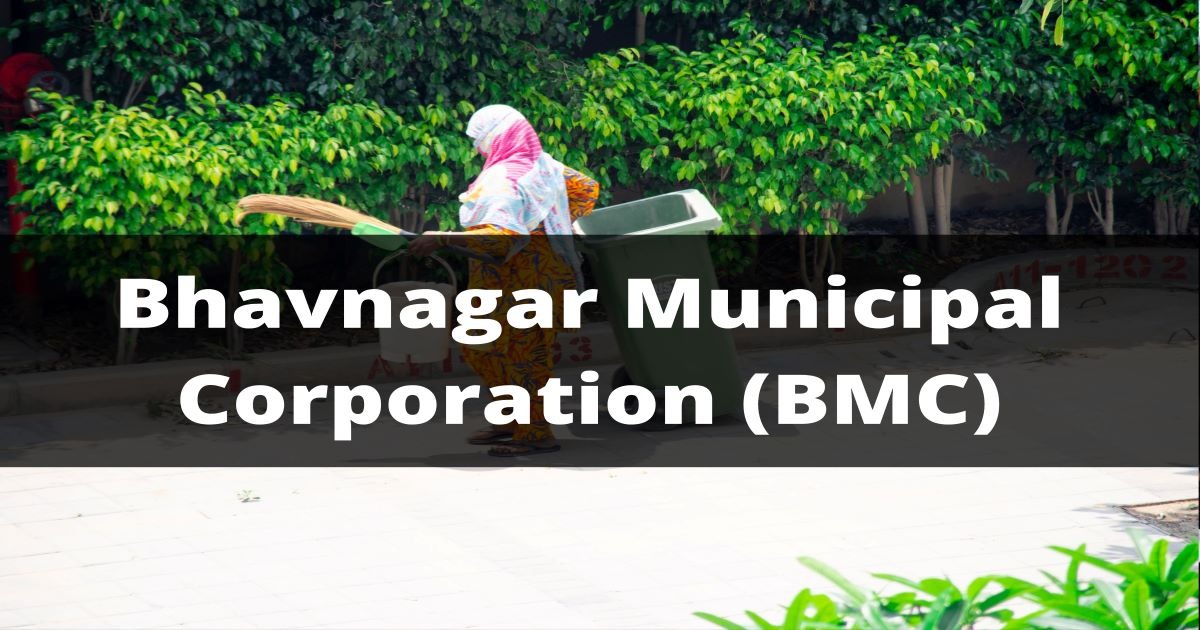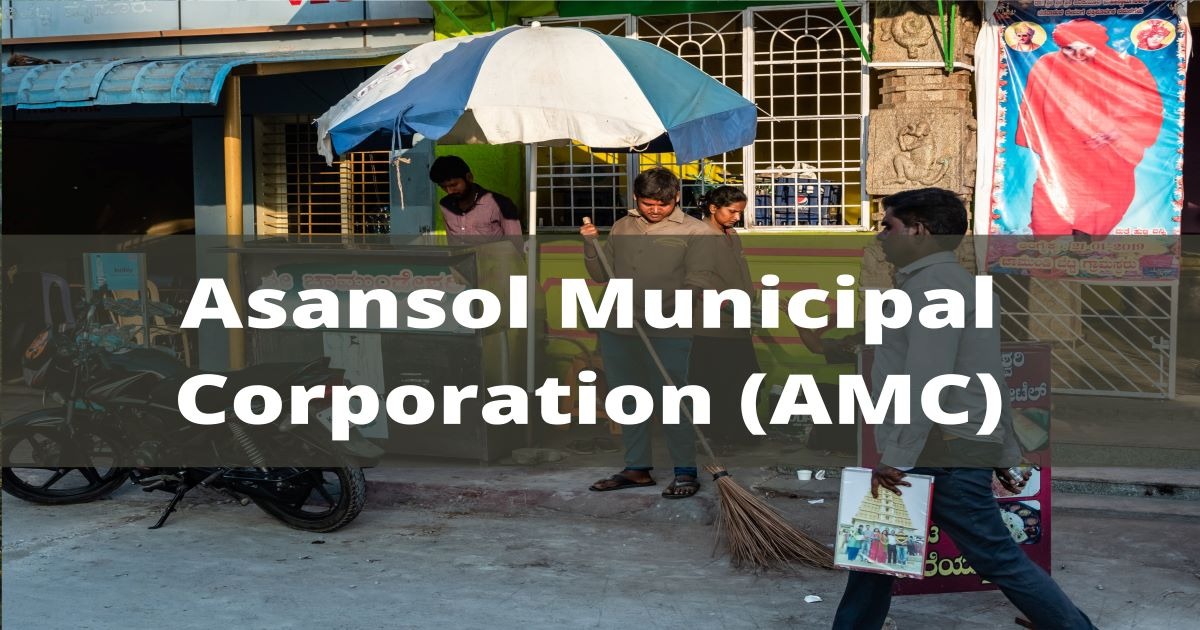The pmfby was introduced in 2016 to protect farmers against crop failures and other losses. For further info on the scheme, there is pradhan mantri fasal bima yojana toll-free number.
Pradhan Mantri Fasal Bima Yojana
When pm by was launched, it replaced other related schemes that existed during those times. This scheme has provided the services across districts of India. It covered localized risks. It has been the intention of the scheme to increase awareness of the farmers and to fix affordable premiums for crop insurance. State Bank of India has got an insurance scheme, pradhan mantri fasal bima yojana sbi, within this yojana that has the following key features:
There are contingencies covered such as Standing crop, sowing, and harvesting, etc. For these, risk insurance is provided. These risks are natural fire, lightning, storm, cyclone, and such calamities. It includes flood, drought, pests, diseases, etc. in case the farmers face the inability to sow the seeds due to lack of sufficient rainfall, they will be covered under the yojana. There will be a payment of indemnity @25% of the sum insured. There will be different insurance for different crops. It will be implemented by certified agencies of the government. There is coverage of post-harvest losses too. These losses arise due to various calamities affecting some crops which are laid on the fields after the harvest.
The objective of PMFBY
One of the objectives is to support the agricultural sector. To provide financial assistance to farmers who suffer crop loss or crop damage that are caused by unforeseen circumstances. It’s also intended to provide stable income to farmers suffering losses. It has been the objective to encourage the farmers to apply modern technology of farming. It is to ensure credit for the agriculture sector for food security. It is also to provide enhancement of the growth of agriculture. It is intended to save farmers from risks with production.
There are two components viz compulsory and voluntary. Under the compulsory head, all the farmers taking seasonal agricultural operations loans from banks for some crops will be covered compulsorily. This loan will be optional for those farmers who have not taken any loans.
Coverage of Risks
Following risks to crop loss is covered by the scheme:
Prevented sowing or planting risk
The area is prevented from planting or sowing due to scanty rainfall or drought. There is a provision for comprehensive risk insurance to cover losses for yield that cannot be prevented. These risks are dry spells, floods, pest problems, diseases to the plants, and landslides. Other natural calamities like storms, cyclones, tempest, tornados, etc. are also included.
The new scheme has many features in its fold like the utilization of innovative technology. These technologies include satellite imaging, indices of vegetation, and so on. There is a compulsory use of a smartphone or for speed and accuracy. These are used during the estimation of the yield of crops. There is a provision for digitization. Increased awareness is sought after regarding pm Feb. It will result in maximum farmers enrolling and availing of the scheme benefits.
There is Pradhan Mantri FasalBima Yojana that aims at helping people during losses suffered by the farmers. This loss is the outcome of less yield and the loss is estimated by the government authorities. Under the scheme, there is provision for post-harvest losses, pre-sowing losses, etc. due to the cyclones and other such calamities. There are instances of localized calamities also like floods.
- Source of Enrollment
|
Farmer Type |
Source Of Enrollment |
|
Loanee |
Banks |
|
Non-Loanee |
Broker, Banks, Direct through the website, CSC e-Governance Services India Limited. |
List of PMFBY applications uploaded vide GOI instruction dated March 22, 2019
|
State |
District |
|
Maharashtra |
Akola |
|
Maharashtra |
Buldhana |
|
Maharashtra |
Washim |
|
Maharashtra |
Jalna (Farmer Names starting from A-H) |
|
Maharashtra |
Jalna (Farmer Names starting from I-P) |
|
Maharashtra |
Jalna (Farmer Names starting from Q-Z) |
|
Maharashtra |
Jalna (Other Farmers) |
What are the shortcomings in implementation?
The success of pmfby is a low premium for the farmers, but the problem lies in the poor assessment methods. There is the improper implementation of the crop insurance from 2011 to 2016. A lot of funds were released for private insurers without verifying exact beneficiaries. The gainers were the insurance companies due to low-claim incidents. There has been a delay in the release of funds by the states that led to low-claim cases. These funds were the share of the subsidy. The rule stipulates the claims must be paid to the farmers within three weeks of the yield data. The claims made for Karif 2016 were not fully settled. Claim settlement is delayed because the states don’t share their portion of subsidy or don’t complete the process of complete crop cutting exercises.
The average yield of the crops decides the value of the crops. The sum insured doesn’t represent the actual value where the crops have been good. There are only limited notified crops in most of the districts. It results in a limited number of fruits and vegetables getting insured.
What is the future solution?
The pmfby will be a success if the number of farmers covered goes up by 1 crore and the amount insured is doubled. Technology use is a must for better benefits. The latest CAG report shows delays in processing claims. We should move up to satellite image creation and water-flooding stations.
Quick Fact
Salient features of the scheme
The uniform premium of 2% and it will be paid by the farmers for the Kharif crops and 1.5% for the Rabi crops. The premium paid will only be 5% for the commercial crops and horticultural crops. The premium is quite low and affordable for the farmers. The rest of the amount is paid by the government. It will ensure full insurance for the crops of the farmers.
The government subsidy is without limits. Previously, there was a capping on the premium limit. Now the farmers will get total insurance benefit without having to pay anything as a premium. There is a pledge to use modern technology for the benefit of the farmers. The use of smartphones will be encouraged. Remote sensing will be used.
PMFBY is a substitute for NAIS and MNAIS. There is an exemption from service tax liability.
All farmers who are growing notified crops are eligible for the insurance. The scheme has been made voluntary for all farmers from the time of Kharif 2020. Earlier, the scheme was compulsory.
The scheme was previously compulsory for the following categories of farmers:
- The farmers in the notified area who had Crop Loan Account.
- Other farmers whom the government may decide to include.
Voluntary insurance may be obtained by all farmers. These farmers are not covered earlier.
There is a facility of comprehensive risk insurance to cover the losses to the yields. The non-preventable ones are natural fire, lightning, storm, hailstorm, cyclone, tempest, flood, etc. in areas with risk bound, the farmers are prevented from doing the work of sowing.
The scheme shall be implemented based on the approach of the area. There will be notified areas and crops. These will be known to all farmers.
Also read: Pradhan Mantri Awas Yojana-Millennials’ Guide to Home Buying






















































